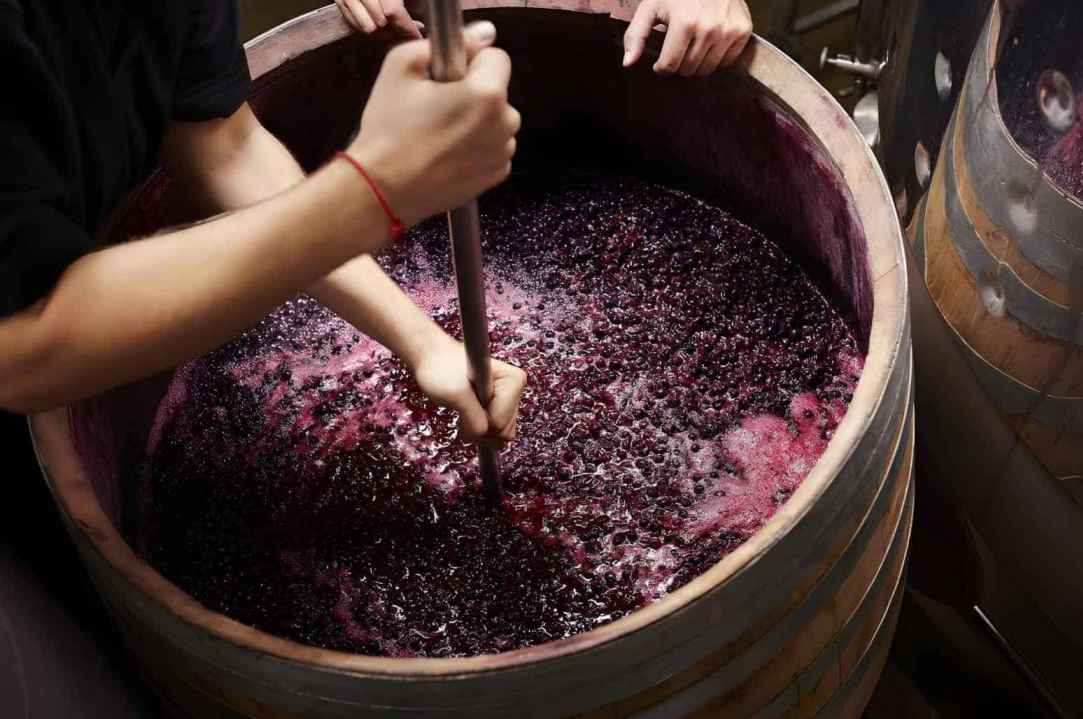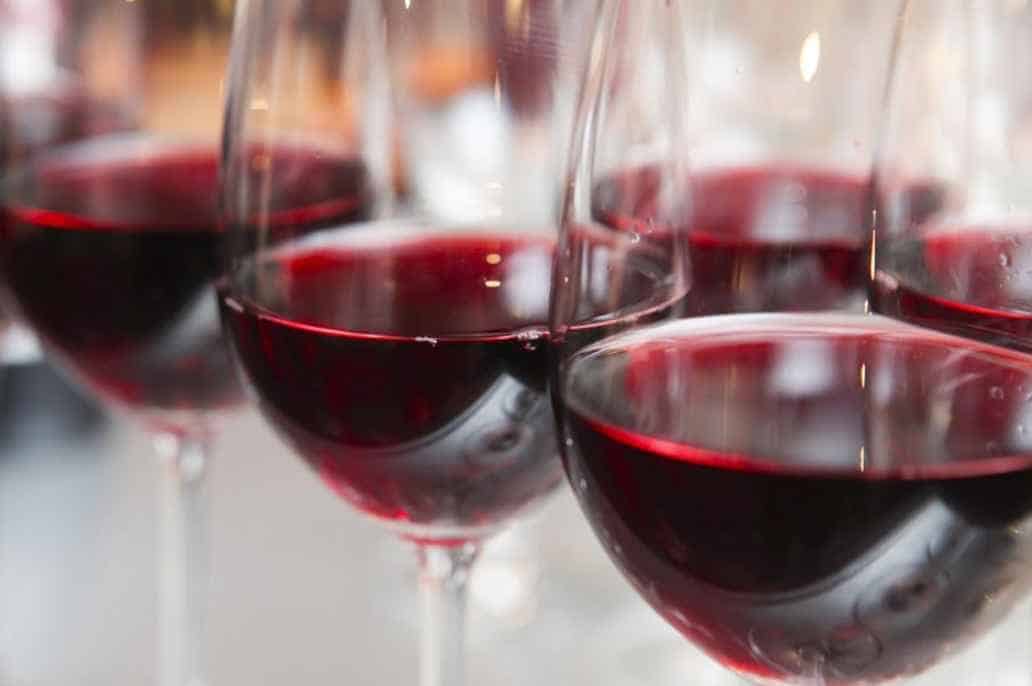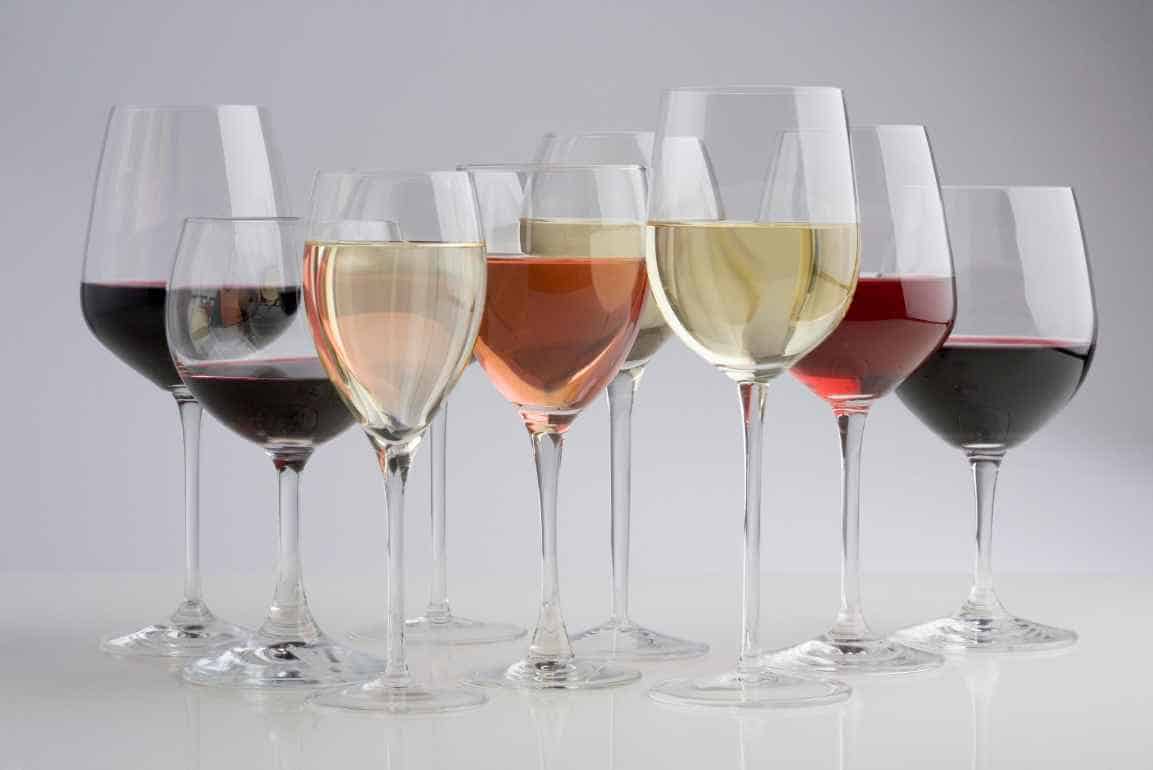Defining a wine’s flavor profile can be challenging. The average consumer may need clarification on some wine-tasting terms.
Several factors also affect how it will register on one’s palate. Fortunately, you don’t need to be a sommelier to understand and appreciate wine flavors. This article will guide you in identifying and understanding a wine’s flavor profile.
Understanding Wine Flavors
Understanding where the flavors come from is best before going into its details. Identifying a wine’s tasting notes can be a complex endeavor. However, it’s an art form that’s worth exploring.
The source of flavor aromas
Aroma compounds are responsible for a wine’s flavors. The alcohol evaporates and brings these compounds to your nose. The wine’s aroma and flavors are due to the hundreds of aroma compounds present in the wine. Each variety has its unique set of chemical compound configurations.
It’s interesting to note that even a single compound can stimulate different brain responses. For instance, a fruit flavor can also exude floral undertones. Some wine drinkers would even describe Chardonnay as “buttery”. Yet it does not mean that the manufacturer added some butter into the mixture.
How fermentation affects the flavors and aromas
Grapes naturally contain sugar. When winemakers add yeast during fermentation, it eats up the sugar. Then it converts into alcohol.
It forms hundreds of complex compounds with molecular structures similar to vanilla, cherries, or butter. The brain recognizes these flavors and categorizes them into familiar scents.
The effect of climate on the wine’s flavors
An area’s climate is crucial to a grape’s taste profile. The wine’s style depends on the environment where the grape vines grow. For example, grapes that thrive in warm regions are juicier. On the other hand, grapes from cooler places exude distinct tartness.
Flavors in red wine
Red wine flavors have two types: black fruit and red fruit. Knowing how to differentiate the two allows you to identify your favorite styles. Red wine with red fruit flavors can exude tartness and sweetness. Wines exuding black fruit flavors are usually full-bodied.
Here are the familiar red wine black fruit flavor notes:
- Blackberry
- Black raspberry
- Blueberry
- Black raisins
- Black cherry
- Fig
- Prune
- Black Plum
- Black Currant
- Acai
Here are the typical red wine black fruit flavor notes.
- Cherry
- Raspberry
- Strawberry
- Cranberry
- Goji berry
- Dragon fruit
- Red plum
- pomegranate
Flavors in White Wine
White wine has flavors from two primary fruit categories: citrus and orchard. The intensity of flavors will depend on where the grapes are grown. White wines of the same style but from two different regions will exhibit two fruit flavors.
Typical orchard fruit flavor notes in white wine
- Pear
- Peach
- Apples
- Apricot
- Nectarine
- White peach
Typical citrus fruit flavor notes in white wine
- Lemon
- Orange
- Passion fruit
- Red grapefruit
- Pink grapefruit
- Lime
The Wine Flavor Profile
A wine’s complex flavors are what make it a unique beverage. Its several facets add to its allure. Understanding each characteristic allows you to appreciate this drink even more.
Body
A wine’s body refers to the weight and texture of the wine as it touches your palate. Our taste receptors perceive a mouthfeel that depends on the following attributes.
- Alcohol content
- Acidity
- Sweetness
- Tannins (for red wines)
- Carbonation (for sparkling wines)
Full-bodied wines include:
- Pinotage
- Durif
- Shiraz
- Sauternes
- Chardonnay
Sweetness or Dryness
During the wine production process, the yeast consumes the wine’s sugars and produces alcohol. Residual sugar is what is left after fermentation. Most sweet wines have higher residual sugar levels. However, other wines are different. Those with high sugar levels but acidity and tannins will be less sweet.
Sweetness or dryness is not always dependent on residual sugar levels. It’s best to consider the following attributes when classifying a wine as sweet or dry.
- Fruitiness
- Presence of sweet spices
- Sugar content
- Acidity
- Tannins
Please watch this video to learn more about the wine’s sweetness levels.
Acidity
Acidity refers to wines’ degree of crispness, zest, and tartness. Some wine drinkers may not be fans of acidity.
However, it aids in protecting the wine from developing off flavors. Generally, highly acidic wines are more light-bodied than those with low acidity. Wines that have too much acidity may be sharp or sour. On the other hand, wines that lack acidity tend to be dull and flat.
Acidity can add character to the wine when they’re done right. It can provide freshness, zest, and delightful tartness. It makes your mouth salivate, leading to a strong desire to drink more wine.
Smoothness
Smoothness refers to the easy-drinking qualities of wine. Some wine connoisseurs frown upon smooth wines. It is because smooth wines are often seen as bland, dull, or flavorless. These qualities do not embody high-quality wines. However, smooth wines can appeal to a larger audience.
Generally, smooth wines have lower acidity, tannins, and carbonation. They also tend to be sweeter. These features can provide a more enjoyable experience for newbie wine drinkers.
Other Wine Flavor Profiles
Aside from the primary wine flavor profile, other characteristics depend on the wine type.
Tannins in red wine
Tannins are natural compounds that come from wine production. It is a product of the grapes’ skins, seeds, and stems. It also provides a bitter and drying sensation in the mouth. The greater its presence in the wine, the more noticeable its grittiness will be.
Wines can have more tannins when it’s aged in oak. You can also feel a more substantial presence in young wines. As the wine softens and reduces with age, the tannins also decrease.
The following factors also enhance the wine’s tannic qualities:
- Longer maceration
- Use of thick-skinned grapes
- Oak aging
- Younger wines
The wines listed below are known tannic varietals.
- Nebbiolo
- Cabernet Sauvignon
- Zinfandel
- Bordeaux blends
- Shiraz
Spice in red wine
Red wine also embodies inherent spiciness. It’s a recognizable tingle or heat that represents the spice’s intensity. Winemakers do not add spices to the wines. The chemical reactions during fermentation produce spice flavors.
Some wines do not possess any notes of spice. On the other hand, some varietals have an overwhelming taste of spice. It’s best to describe them based on the intensity of the spice.
The following are the most common spice flavors in red wine:
- Star anise
- Cinnamon
- Mint
- Peppercorns
- Pepper
Carbonation in sparkling wine
Champagne and sparkling wines are known for their fizz. The amount of carbonation affects a person’s perception of flavors. It also influences the wine’s body.
The wine’s production process contributes to how many bubbles a wine has. Traditionally-made Champagnes have finer bubbles than wines produced using the tank carbonation method.
Alcohol in wine
The alcohol level in wine affects how people taste the wine’s bitterness and body. The grapes’ natural sugars convert into alcohol during the fermentation process. Wines that go through a short fermentation period have less alcohol. In addition, wines with higher alcohol content tend to taste bitter.
How to Identify a Wine Flavor Profile
A wine-tasting event can be an enjoyable learning experience. It allows you to have a deeper appreciation of the wine’s origins and complex production methods. Knowing to taste wine properly brings out all its inherent characteristics. It’s also vital to identify its features and flavor profiles.
Here are the ways to identify a wine flavor profile:
Start with the appearance
A well-known adage among chefs is that diners “eat with their eyes”. This saying also applies to tasting wine. The first step is observing the wine’s appearance before drinking it. The following components can help you identify the wine’s different flavor types.
- Opacity: is the wine opaque or transparent?
- Color: Is the wine light or deep red? Is it yellow or white? [11 Common Types of Wine Color]
- Viscosity: Is the wine thick or watery?
These components serve as a foundation for the wine’s taste. For example, sweeter wines tend to be more viscous. You can already know how the wine will taste based on its appearance.
Evaluate through your nose
Your sense of smell plays a pivotal role in wine tasting. As mentioned previously, the wine’s compounds evaporate to our noses. The aroma stimulates the brain’s responses to flavor.
Although each taster’s sense of smell varies, it will eventually pare down to the same scent category. For example, one person may smell raspberries while another may perceive strawberries.
The “nose” or smell of wine has the following three main components:
- Primary: floral notes, fruit flavors, herb, and spice aromas
- Secondary: the smell of cheese, nuts, or stale beer
- Tertiary: cured leather, cedar, old tobacco, or cement.
Savor the Flavor
The most common way to identify wine flavor profiles is through taste. The mouth, taste buds, and tongue help identify the wine’s taste. Humans can perceive the four primary flavors:
- Acidity: a citrusy freshness that causes salivation.
- Sweetness: the perception of fruity flavors
- Bitterness: dries out the mouth and teeth.
- Sapidity: highlights salinity (saltiness) and minerality
This video walks you through wine-tasting techniques.
Conclusion
Following the steps above allows you to maximize your tasting experience. Combine them with knowledge of various flavors to correctly identify the wine flavor profile. You don’t have to be a wine expert to appreciate the drink’s nuances.
All you need is to use your senses to observe a wine’s complexities. Above all else, remember to enjoy! Wine is a delicious beverage meant to bring happiness and relaxation.

George Moore, co-founder of Wine Flavor Guru, is a charismatic entrepreneur with a rich background in California’s wine industry. Alongside Sylvia, he transformed a Sonoma County vineyard into a source of premium wines. George’s expertise in sourcing exceptional grapes and his approachable style make wine appreciation both accessible and engaging.







